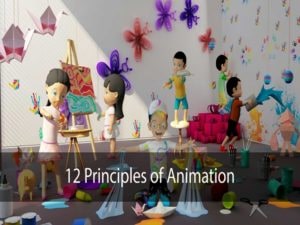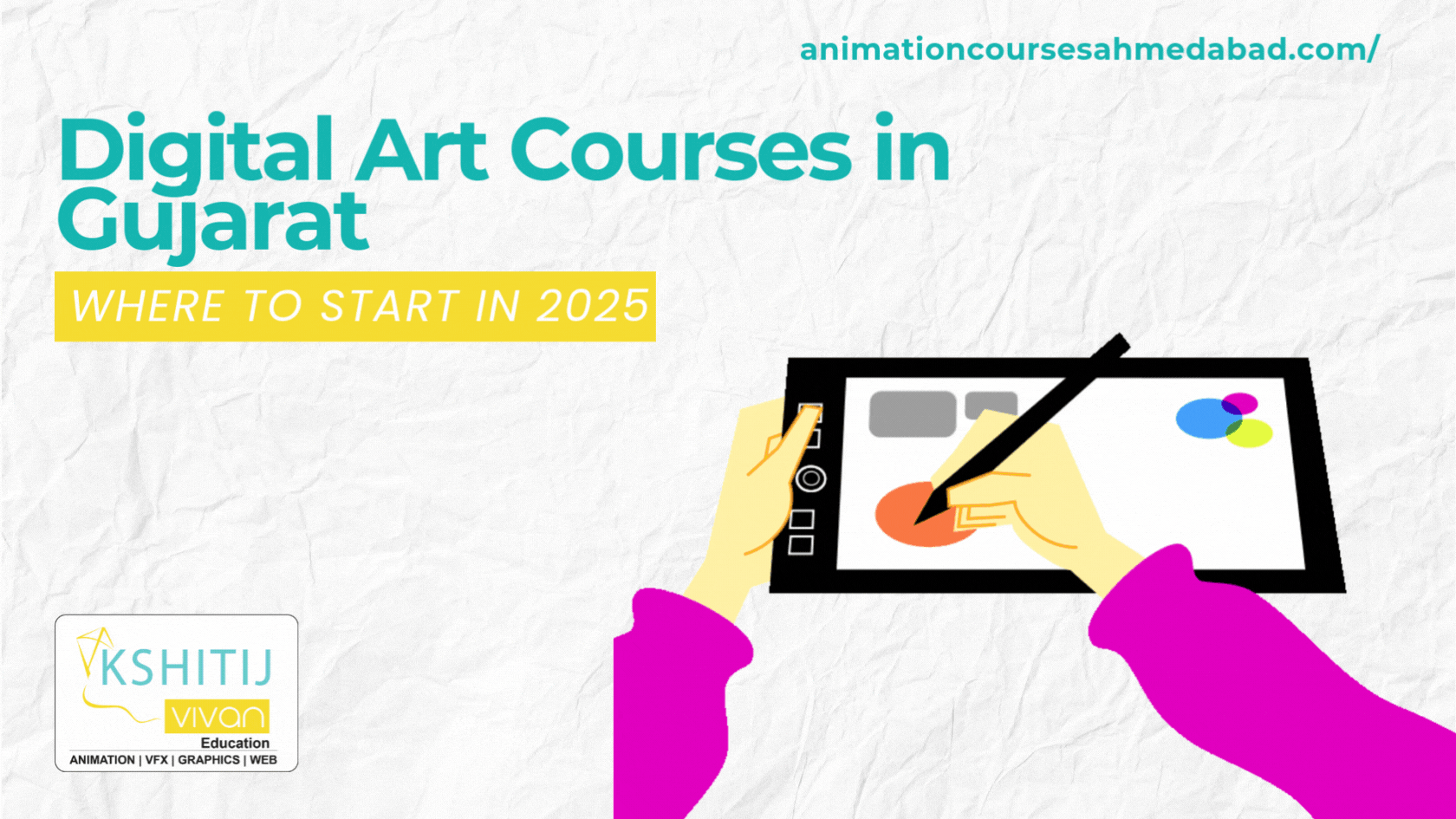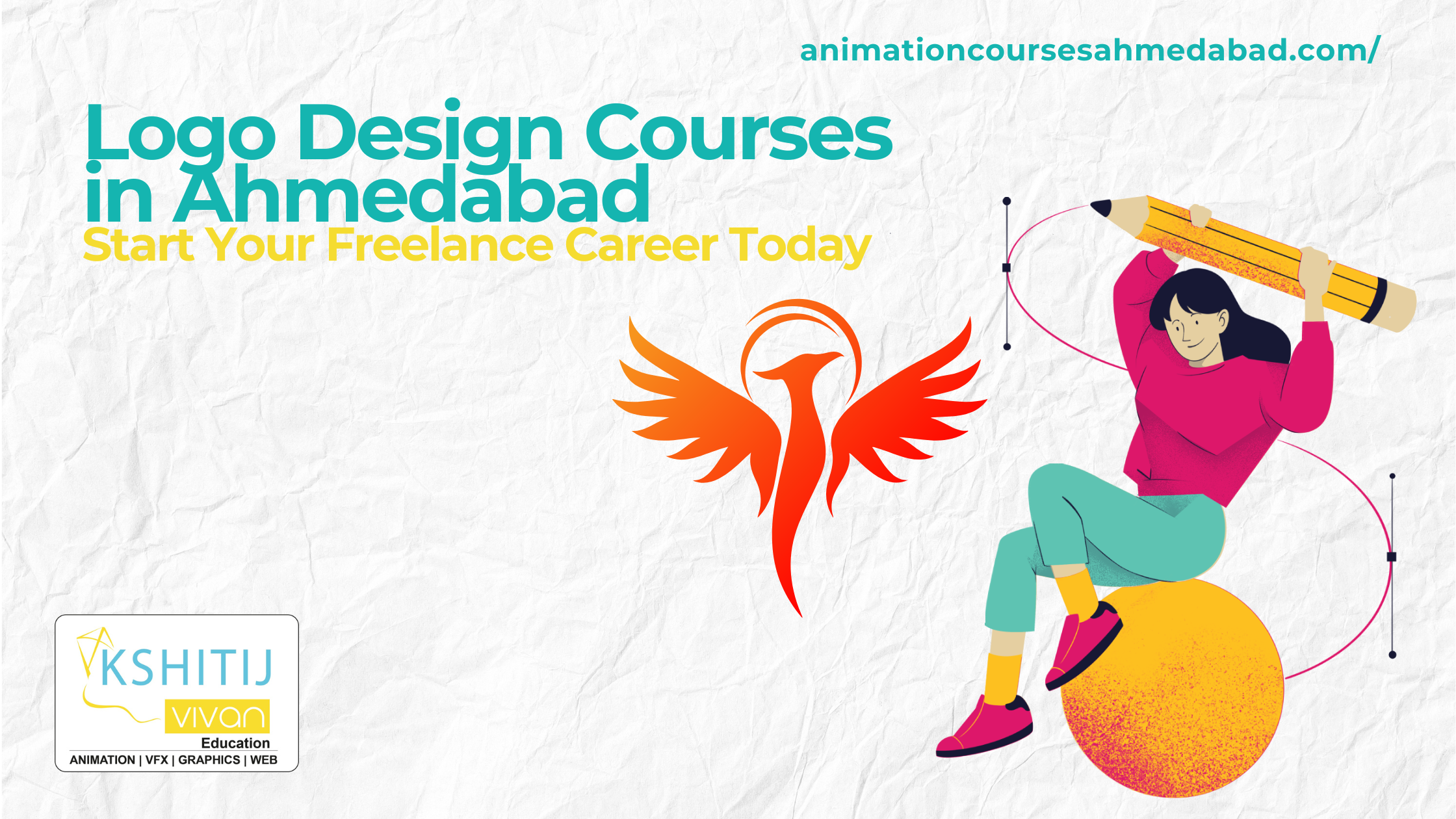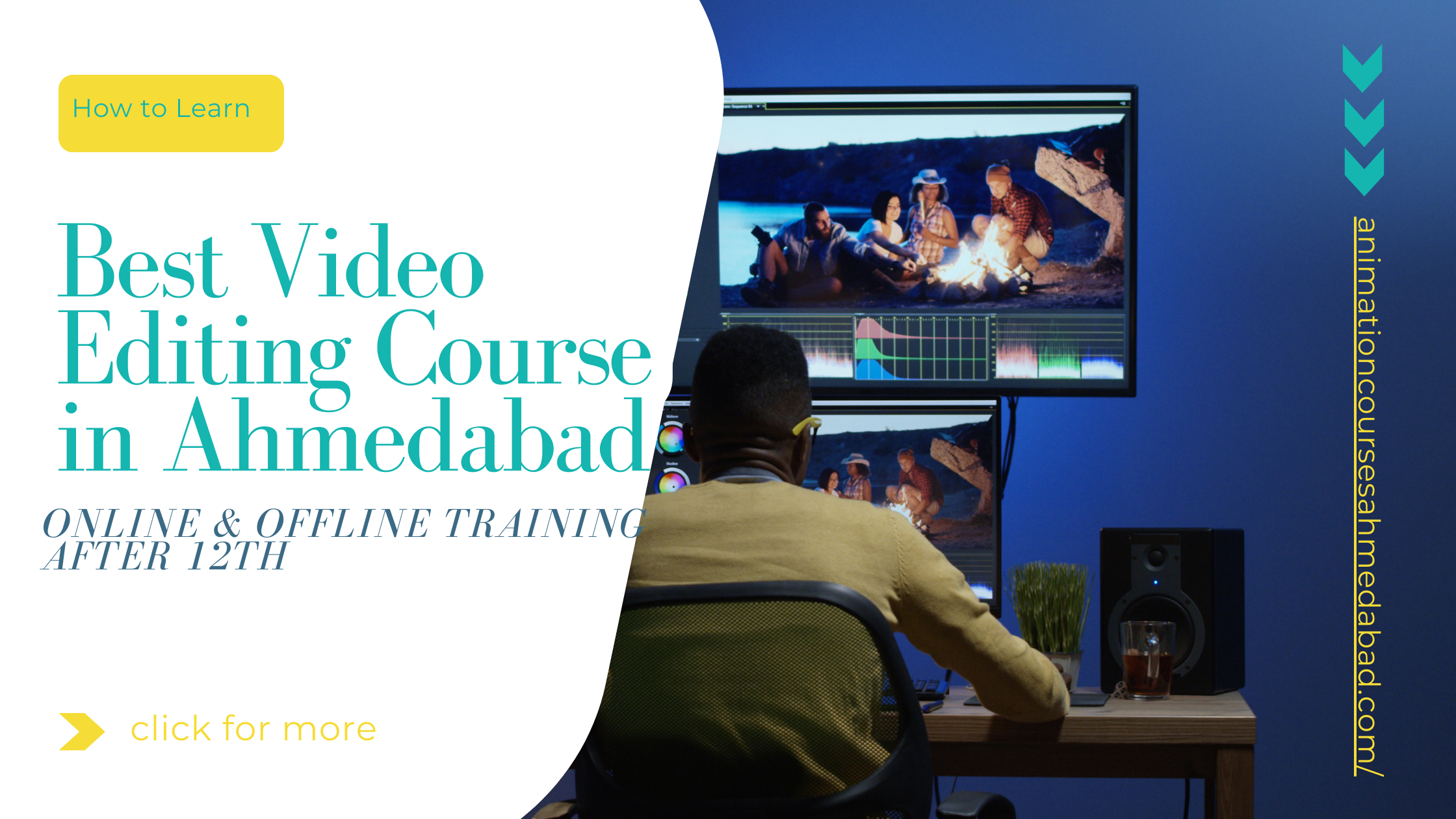
12 Principles of Animation
12 Principles of Animation
The 12 Basic Principles of Animation were introduced by the Disney animators Ollie Johnston and Frank Thomas in their book The Illusion of Life: Disney Animation. So, we are aware of the 12 Principles of Animation.
The main purpose of the principles is to produce an illusion of characters adhering to the basic laws of physics, but also dealt with more abstract issues, such as character appeal and emotional timing.
1. Squash and Stretch
The most important principle of squash and stretch is to give the illusion of weight and volume to a character as they move. This principle is often illustrated with a bouncing ball the ball looks stretched when it is falling and squashed when it hits the ground.
In realistic animation, an object’s volume does not change when stretched or squashed. If the length of a ball is stretched vertically, its width needs to contract correspondingly horizontally.12 Principles of Animation are very important.
2. Anticipation
Anticipation is used to make the audience for an action, and to make the action looks more real. A dancer jumping off the floor has to bend his knees. This technique can be used for less physical actions, such as a character looking off-screen to anticipate someone arrival, or attention focusing on an object that a character is about to pick up.
3. Staging
This principle is akin to staging in the theatre. Its purpose is to direct the audience attention and make it clear what is of greatest importance in a scene. It helps establish mood, create focus and clarify what is appearing.
It can be done by various ways, such as the use of light and shadow, the placement of a character in the frame or the angle and position of the camera. The essential principle is to keep a focus on what is relevant, and avoiding unnecessary detail.12 Principles of Animation are very important to know.
4. Straight Ahead Action and Pose to Pose
Straight ahead Action and pose to pose refers to the techniques by which animation is crafted.
There are two different approaches to the drawing process
A. Straight Ahead Action: Drawing out a scene frame by frame from beginning to end.
It creates a fluid, dynamic illusion of movement, and is better for creating realistic action sequences.
B. Pose to Pose: Starting with drawing a few keyframes, and then filling in the intervals later.
In pose to pose is more useful for dramatic or emotional scenes where it is more about conveying an idea than a sense of the real.
5. Follow Through and Overlapping Action
The follow through principle shows that when a character is in action and stops, nothing stops all at the same time. So when a character is running, and then stops, their main body will stop, but the other parts of the body will keep moving for a bit after.
In overlapping action principle, which expresses the idea that if a character is in motion, some portions of the character move faster than others.
6. Slow In and Slow Out
The movement of the human body and most other objects needs time to accelerate and slow down. For this reason, the animation looks more realistic if it has more drawings near the beginning and end of an action, emphasizing the extreme poses, and fewer in the middle.
This principle goes for characters moving between two extreme poses, such as sitting down and standing up.
7. Arc
The Arc principle is that all actions in life have a slightly circular motion. When a head turns or arm moves, rarely will it thrust straight in and straight out.
8. Secondary Action
Secondary Action action is the main action that reinforces and adds more dimension to the main action. The important thing in secondary actions is that the emphasis, rather than take attention away from the main action.
For Example, A person walking can simultaneously swing their arms or keep them in their speak or whistle, or express emotions through the facial expressions.
9. Timing
Timing helps create the illusion that action is abiding by the laws of physics. Adjusting the timing of a scene, animators can make that scene which looks either slower and smoother or faster and crisper.
10. Exaggeration
Exaggeration is especially useful for animation, as animated motions that strive for a perfect reflection of reality can look static and dull.
It is all about overstating certain movements in a way that helps evoke a point, yet does not ruin the believably of the scene.
11. Solid Drawings
This principle animates animators to be mindful of the fact that while forms may present in 2D, they should strive to look 3D.
The animator needs to be a skilled artist and has to learn the basics of three-dimensional shapes, weight, balance, anatomy, light and shadow, etc.
12. Appeal
An appeal in a cartoon character corresponds to what would be called appeal in an actor. A character who is appealing is not necessarily sympathetic monsters or villains can also be appealing the important thing is that the viewer feels the character is real. There are several tricks for making a character connect better with the audience for likeable characters, asymmetrical.
KSHITIJ VIVAN Ahmadabad Satellite Road encourages students to make creative Animation. A student from different parts of the cities such as Patan and Kheda joins KSHITIJ VIVAN Animation Courses to learn various Animation Courses.



